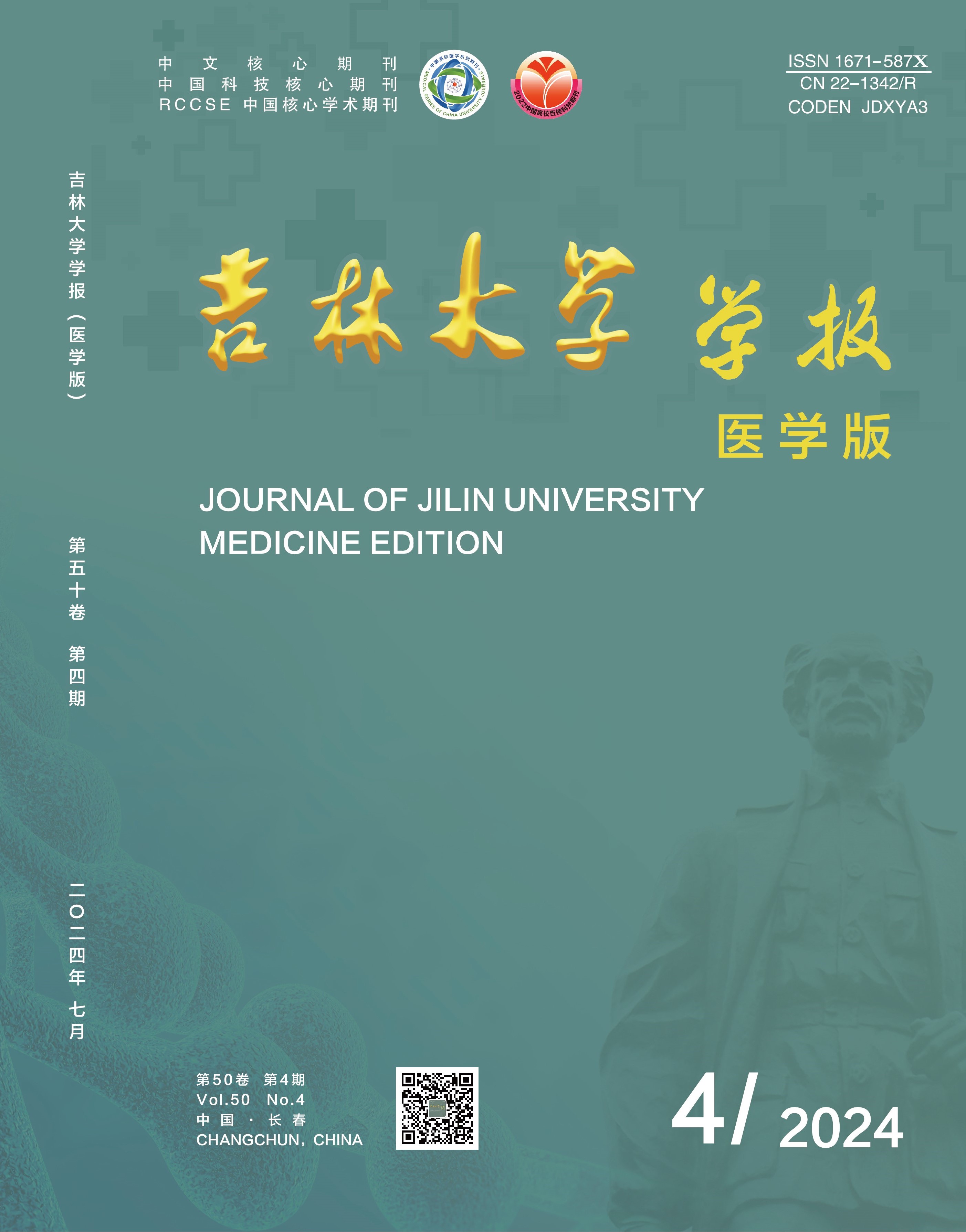Objective To discuss the effect of different local pulse vibration stimulation treatment conditions on the recovery of proprioception after anterior cruciate ligament reconstruction (ACLR) in the rabbits,and to provide the reference for clinical practice. Methods A total of 45 healthy New Zealand white rabbits were selected,15 rabbits were used to prepare the allogenic tendon grafts, and 30 rabbits were used to prepare the anterior cruciate ligament (ACL) model. After modeling, the rabbits were randomly divided into control group and nine vibration stimulation treatment groups (vibraory stimulation treatment groups 1—9), and there were three rabbits in each group. Orthogonal experiment was used to design the vibration stimulation treatment parameters, and the ACL samples of the rabbit in various groups were acquired; HE staining was used to observe the morphology of the proprioceptors of the rabbits in various groups; S100 immunohistochemistry staining was used to observe the types of proprioceptors of the rabbits in various groups; the number of proprioceptive cells of the rabbits in various groups was counted; real-time fluorescence quantitative PCR (RT-qPCR) method was used to detect the expression level of growth associated protein-43 (GAP-43) mRNA in ACL tissue of the rabbits in various groups; orthogonal analysis method was used to select the optimal parameters for the recovery vibration stimulation treatment after ACLR. Results The graft tension was satisfactory, without slack state,with negative front drawer and Lachman tests;the continuity of graft could be seen in ACL tissue of the rabbits, healing with the tibial and femoral tendons. The Ruffini corpuscles in the ACL proprioceptor were oval or dendritic, with the diameters of 25—330 μm; the pacinian corpuscles showed round or elliptical sensors, with the diameters of 40—220 μm; the Golgi tendon organs showed fusiform, with the diameters of 140—900 μm; the free nerve endings were myelin-free nerve endings, with the diameters of 0.5—1.5 μm. The proprioceptors in the transplanted ACL were mainly distributed in the tibial and femoral attachment points of the ACL, mainly Ruffini-like corpuscles and Pacinian-like corpuscles,without typical Golgi-like tendon organs. Compared with control group, the numbers of proprioceptive cells in vibratory stimulation treatment groups 3, vibratory stimulation treatment 5, and vibratory stimulation treatment 7 groups were significantly increased (F=28.49, P<0.01). There was no significant difference in the expression of GAP-43 mRNA in the cells between various groups (F=0.83, P>0.05). The amplitude intensity, vibration frequency,and action time had a significant effect on the number of proprioceptors in the treatment of local pulse vibration stimulation after ACLR,and the effect degree was amplitude intensity>action time>vibration frequency. The optimal amplitude intensity was 3 mm, the optimal vibration frequency was 25 Hz, and the best action time was 10 min. Conclusion The local pulse vibration stimulation treatment can promote the recovery of ACL proprioceptors in the rabbits after ACLR. Low amplitude, low vibration frequency, and short duration of local pulse vibratory treatment could be used to accelerate the recovery of proprioception after ACLR.

 Table of Content
Table of Content
 Guide to Authors
Guide to Authors


